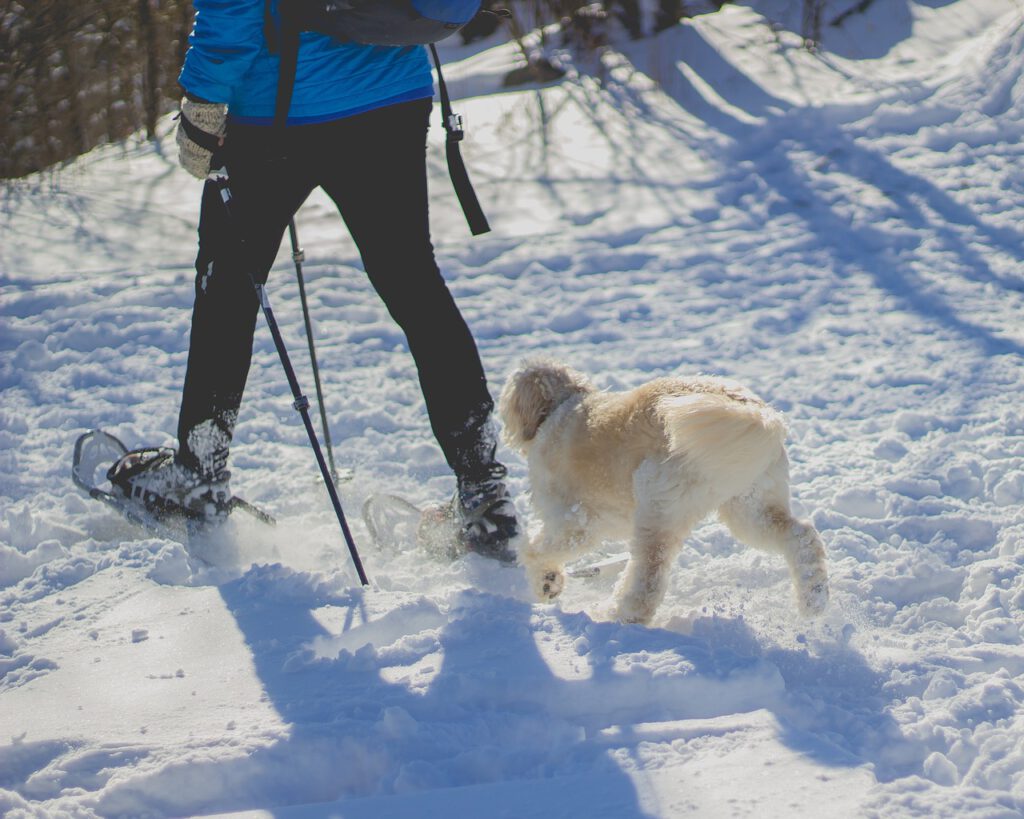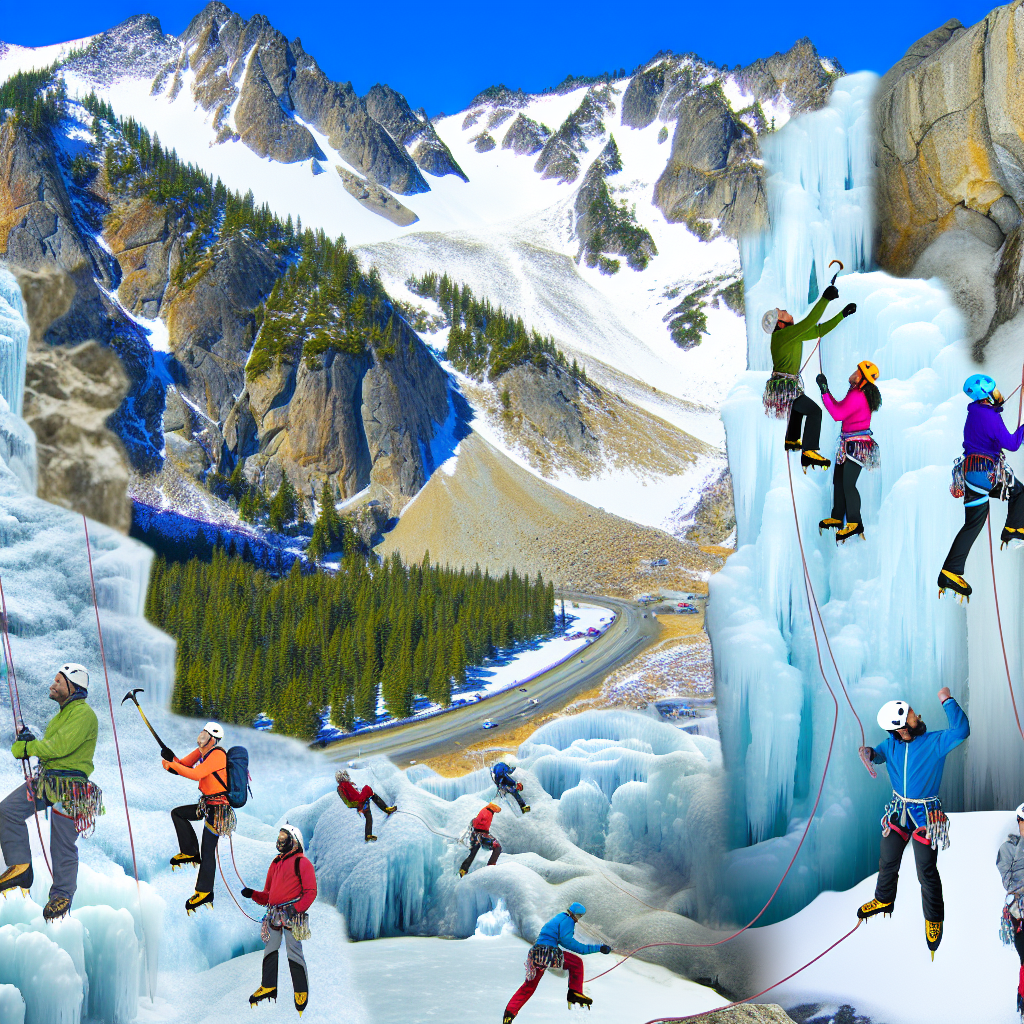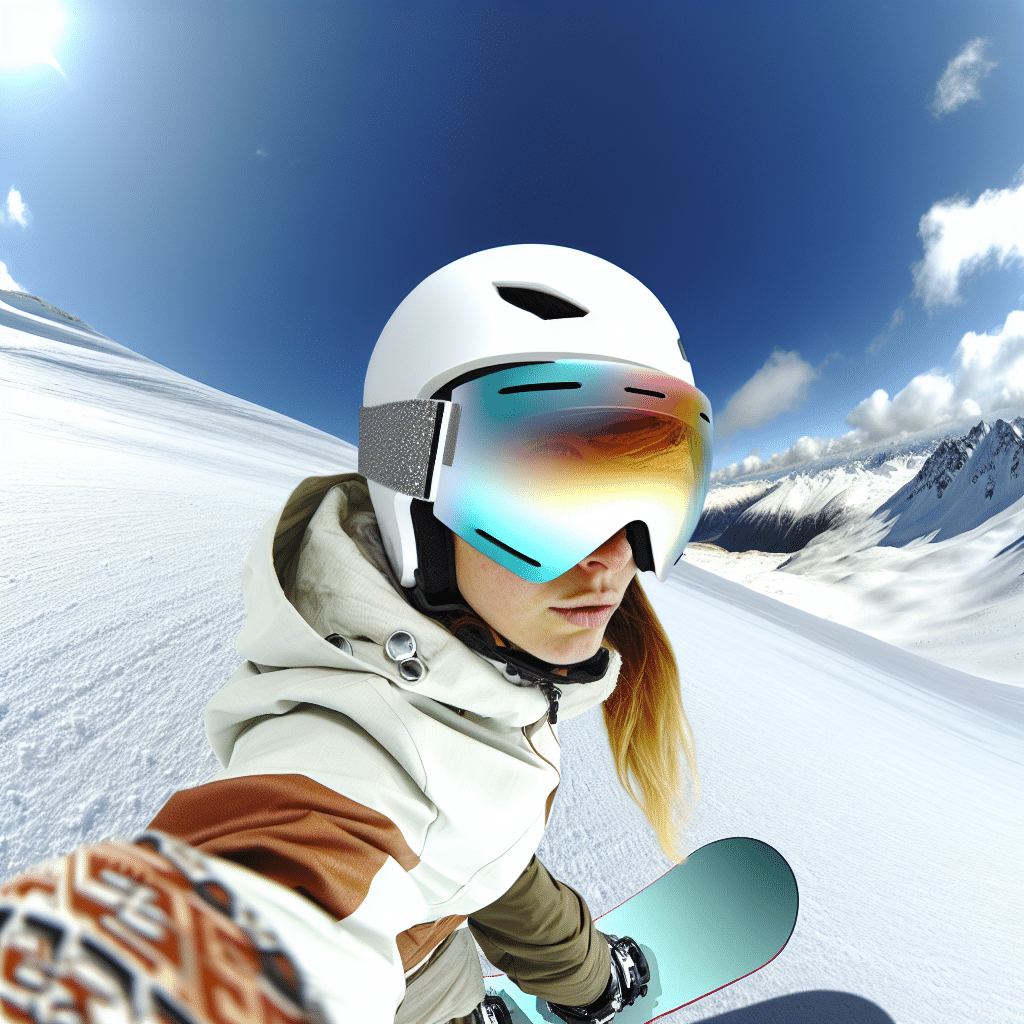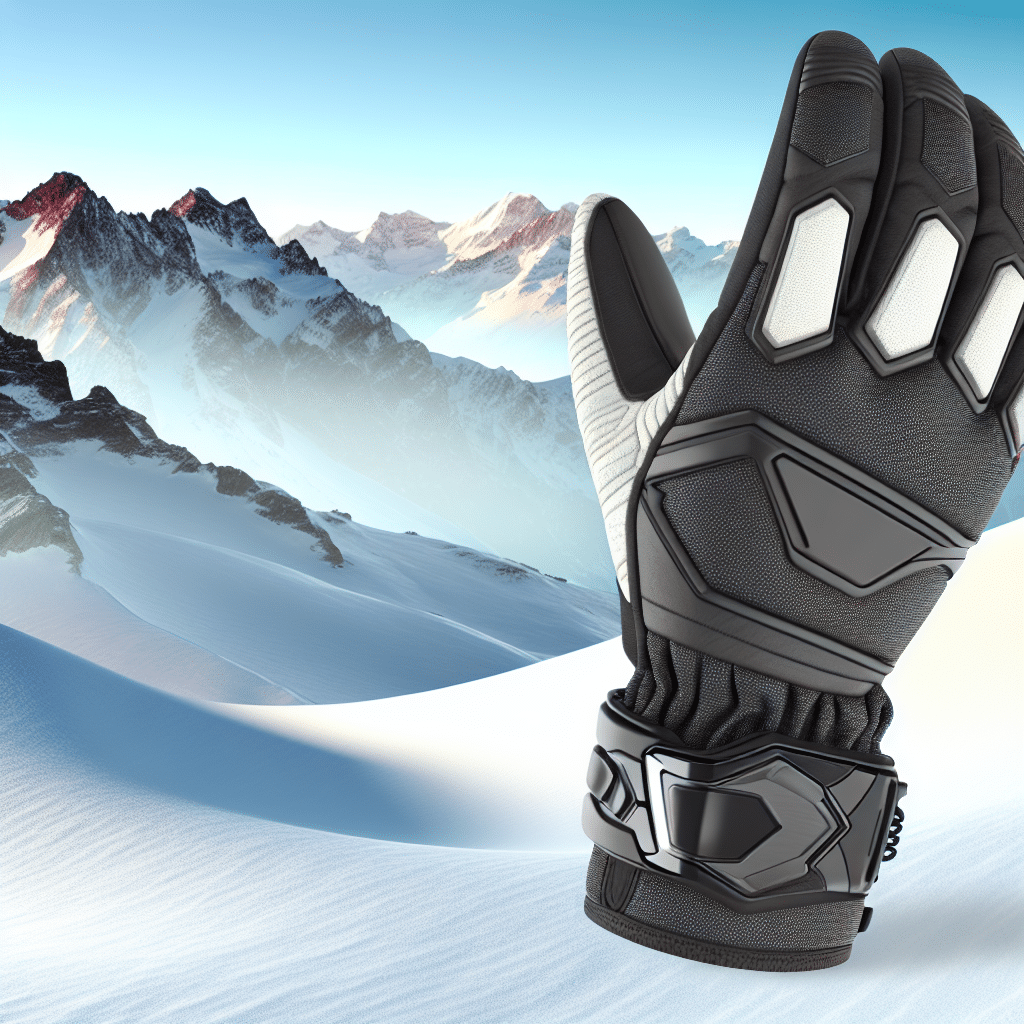As the popularity of snowshoeing continues to grow, more and more people are enjoying winter hikes with their dogs. But what’s the best way to get your dog ready for a day in the snow?
It’s been estimated that there are 10 million pet dogs in Canada* and it is one of our most popular activities to do with our four-legged friends.

The Canadian Pet Expo
The Canadian Pet Expo, held at the International Centre in Mississauga each February, is a popular event for dog lovers and it features everything from dog care seminars to shopping and grooming services. You can also find information about pet adoption agencies and ways to volunteer your time with charitable groups like Big Brothers Big Sisters.
What makes this expo especially interesting for snowshoers is that you will find out about the latest winter activities available to dogs as well as their owners.
Snowshoeing
One of the most popular winter activities for dogs and their owners is snowshoeing. The Canadian Pet Expo includes a presentation by a representative from a company that specializes in winter booties for pets . It seems that booties are becoming increasingly popular with pet owners who have been led to believe that booties will protect their dog’s paws from getting cut or bruised during encounters with ice, rocks and sticks along the trail. We’re here to tell you, however, that the concept of rubber boots as protective devices has been totally oversold.
Do dogs need booties for snowshoeing?
The Canadian Pet Expo bootie representative, who has been in the business for a number of years, said that he would never put booties on his dog when there’s iced over snow along the trails. His dogs are very active and they don’t wear boots when out running or playing in the back yard. He said he understands why some people might feel their dog needs protection while walking on hard surfaces but putting boots on them is like putting “snow tires” on your car before driving down the highway (he was referring to winter tires of course).
Is it bad for dogs to hike in snow?
In our opinion, the negative hype about dogs not being able to walk in snow is totally overblown. There may be an increase in stress a dog experiences when a human decides he needs boots for his dog but compared with the benefits of getting access to more winter trails because your dog can now hike with you there has got to be at least a hundred times more good than bad.
We’ve seen dozens upon dozens of dogs out hiking and playing on groomed cross-country ski trails during winter months who have no trouble navigating through the snow. In fact, it’s been our experience that many of these pooches actually prefer walking or running on top of the packed surface rather than plodding through loose, deep powder. If they’re hot and tired after covering some ground, they might actually lay down in the snow for a few moments before continuing on.
How do you snowshoe a small dog?
When shopping for dogs who are going to be spending a lot of time in the snow, the two most important factors to consider seem to be how active your dog is and what kind of terrain you plan on traversing. If the trails won’t be too strenuous and you have a smaller breed, they may actually prefer being carried during longer hikes. In this case, make sure you select a pack that’s comfortable for both you and your dog.
There are several quality packs available that will allow you to carry your dog while snowshoeing but if you’re just getting started with a small breed it might take some time before he’s ready for an hour-long hike through back country trails.
iencing nature together is one of the most rewarding aspects of being a dog owner. Many dogs have been carefully trained to be obedient, which is why they’re compatible with humans and can live in our relatively tame world. However, no matter how well-behaved a dog is it’s important for owners to remember that their pets are still animals at heart.
No matter how smart your dog may seem sometimes they still need time to interact with their surroundings and learn about new environments on their own terms. A perfect example of this comes from an article we recently read about skijoring . Skijoring is a winter sport where you attach a cross-country skiing harness to your pooch and then use either a metal tether or tugline to guide him as he pulls you down groomed trails.
There are hundreds of thousands of dogs across the world who participate in skijoring each year and they all do so without any kind of booties or other protective gear on their paws. The fact is that when a dog is enjoying himself, getting cut up with ice and rocks along the trail isn’t going to concern him very much at all – he’s too focused on the task at hand and having fun!
When you’re trying to decide whether it makes sense to put boots on your dog for snowshoeing there may be times when you simply want to exercise them in a more controlled area. If you have young pooches that aren’t ready for an hour-long hike but still really need some exercise, there are dozens of large, open spaces near big cities that have been converted to dog parks.
These areas can be great fun for your dog – you just need to make sure they don’t run so far away from you that they lose sight of you in the distance. If this happens it’s very possible that your pet may panic, which could result in injuries being incurred if the terrain isn’t smooth and soft.
Snowshoeing is a rapidly growing sport here in North America because people are realizing how much fun it is to spend time with their dogs out on the trails. It’s not necessary to put boots on your pet when venturing out together but keep in mind that even though many dogs to enjoy running around – especially in the snow – it’s imperative to always monitor them.
No matter how big or small your dog may be, if you take good care of him there should be plenty of time for both fun and exercise. By setting aside some quality time each day with your dog you’ll strengthen the bond between you and make it clear that he’s not just a pet but also a valued member of the family.
Do dogs sink in snow?
You bet they do, even though they love to frolic in it. As a matter of fact, dogs are pretty good swimmers for the most part but can’t naturally swim against strong currents or rough waves without some training. It’s also important to remember that the pads on their paws are sensitive enough that they need to be protected from sharp rocks and other hazards while out walking – just like human feet.
There are hundreds of thousands of dogs across North America who participate in outdoor sports every year but only when the weather conditions are safe. If you want your dog to stay comfortable no matter what time of year it is, consider investing in waterproof boots before heading out for walks or hikes with him at least once per month. This will allow your pet to enjoy leisurely strolls in the snow, rain or mud without any problems.
When you finally take your dog out for his first snowshoeing adventure, keep him on a short leash so that he doesn’t get ahead of you. Since dogs are natural scavengers they have an instinctive desire to explore everything around them with their noses – including dead animals and other things that may be hazardous.
Snow is lovely to walk in but if your pet gets too much into it then he could end up getting stuck after sinking down into a drift all the way up to his neck. This would make it very difficult for him to break free without some help from someone nearby who can grab hold of his tail until he’s able to stand up again.
Snowshoeing with dogs can be a lot of fun – just remember to bring along some water and snacks for both you and your dog so that everyone stays hydrated and energized.



